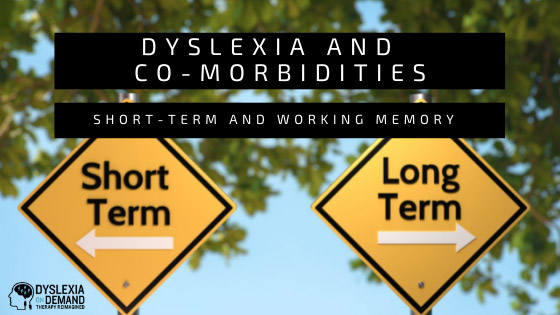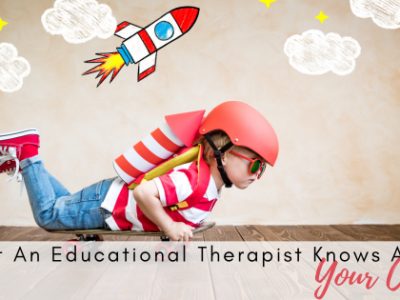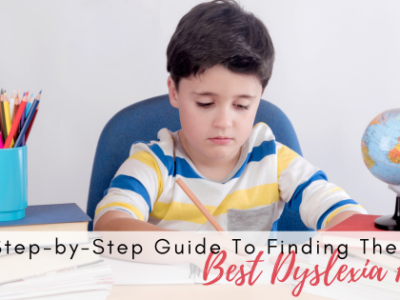
Effective Dyslexia Treatment Aids Working Memory
If your child has been diagnosed with dyslexia, you know that this particular learning difference can impact the learning process in a variety of ways. Likewise, in order for your child to be successful, it’s important that effective dyslexia treatment encompasses a range of interventions.
One of the most dramatic impacts of dyslexia can be seen in how it effects short-term memory – and more importantly, working memory. Functioning as a scratchpad for your mind, short-term memory is the ability to hold information in mind and then use it within a few moments. Working memory, on the other hand, is the ability to manipulate or transform information – such as reciting the months of the year backwards.
In the classroom, dyslexia’s impact on working memory can be seen as children attempt to follow multi-step directions, remember information long enough to apply it and memorize tasks. It can also impact the ability to understand more complex words, spell multi-syllabic words and retell stories orally.
Effective dyslexia treatment interventions for classroom teachers
Classroom teachers – as well as parents who may be homeschooling – can utilize a number of effective dyslexia treatment interventions to help children overcome the short-term and working memory impacts of dyslexia. Read on for nine of those interventions.
- Short and simple: By keeping directions short and simple, children with dyslexia will be better able to recall and be successful.
- Paraphrase: Asking children to paraphrase directions will help ensure they understand what they are being asked to do.
- Visual clues: Providing visual clues will help dyslexic children recall the steps they need to take.
- Chunking: Chunking, or grouping related items, makes information easier to manage, understand and recall. By teaching this intervention method, teachers will be giving students – whether dyslexic or neural typical – an important learning tool.
- Think aloud: Help children learn about their working memory by thinking aloud how they know particular information about the text. An effective way to do that is by illustrating your own thought process as you read – thinking aloud to illustrate the process. Teachers can also stop students as they are reading periodically and ask them how their working memory is helping them understand the text being read.
- Mnemonics: There’s a reason Please Excuse My Dear Aunt Sally, Roy G. Biv and Kids Prefer Cheese Over Fried Green Spinach all have a special place in the memory banks of many. Mnemonics are a helpful memory tool to remember everything from the order of equations, to the colors of the rainbow and the taxonomic system. Helping children develop and utilize mnemonics is an effective dyslexia treatment intervention.
- Preread: By pre-reading texts classroom and homeschool teachers have an opportunity to identify words that may be a problem and provide definitions for those words in advance.
- Pictures and manipulatives: Whether it’s pictures of content or manipulatives such as maps, models or paper cut outs, adding an additional concrete way of learning helps reinforce what’s being taught and provides another way to counter the impact that dyslexia has on working memory.
- Vocabulary: Inference is an effective tool to empower students to decipher meaning from context. Journals and word walls will help children track words with multiple meanings. And by explicitly teaching homophones and homonyms students will learn to identify and understand.
Additional dyslexia treatment interventions
Empowering your children to overcome dyslexia takes many forms. Dyslexia on Demand offers results-based dyslexia treatment that helps your child succeed in the long-term. Contact us today to set up a complimentary, confidential assessment.







